Naval aviation has played a crucial role in military history, evolving through numerous innovations and advancements. From the first successful aircraft carrier landing to the development of cutting-edge stealth technology, these key developments have shaped the capabilities of naval forces worldwide. In this article, we explore 15 significant milestones that have propelled naval aircraft to new heights, highlighting their impact on modern naval warfare.
Contents
First Successful Aircraft Carrier Landing (1911)
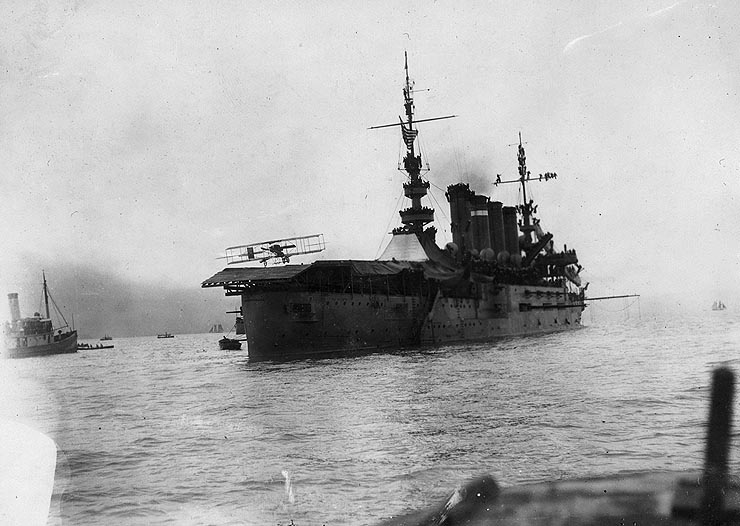
Eugene Ely’s historic landing on the USS Pennsylvania on January 18, 1911, marked the birth of naval aviation. Using a makeshift tailhook system, Ely demonstrated that aircraft could take off from and land on a ship, paving the way for the development of aircraft carriers. This pivotal moment showcased the potential of integrating aviation with naval operations, revolutionizing naval warfare strategies and capabilities.
Introduction of the Aircraft Carrier (1922)
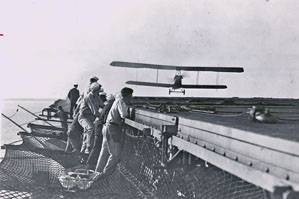
The USS Langley, commissioned in 1922, was the first aircraft carrier in the U.S. Navy. Converted from a collier, the Langley featured a full-length flight deck, catapults for launching aircraft, and a hangar deck for maintenance and storage. This innovation transformed naval strategy, allowing fleets to project air power far beyond the range of shore-based aircraft, fundamentally changing naval engagements.
Development of Carrier-Based Torpedo Bombers (1930s-1940s)
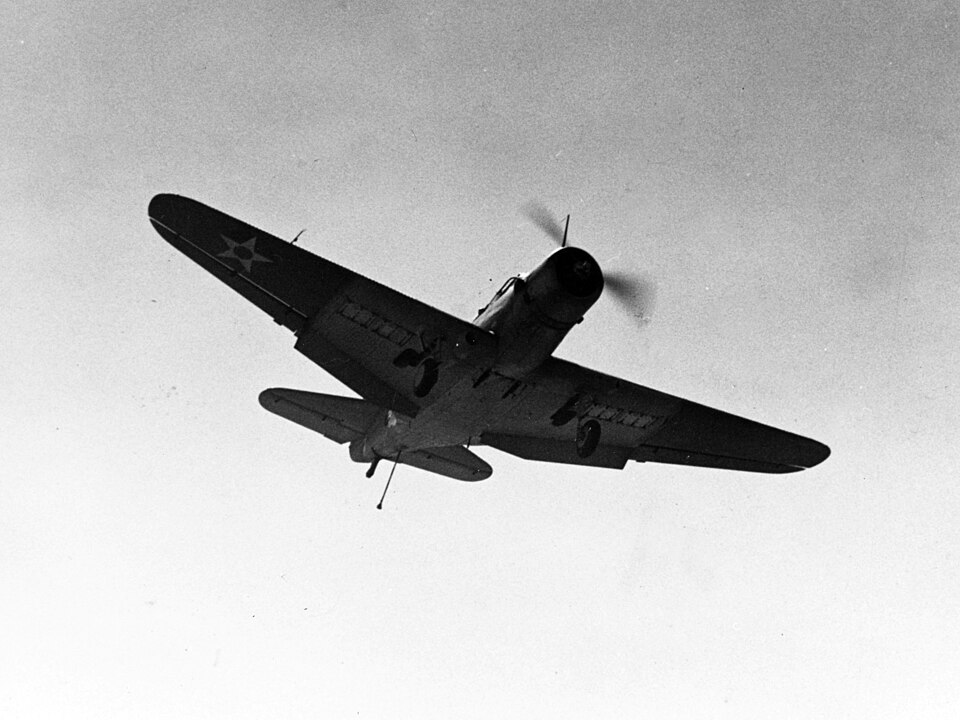
The development of carrier-based torpedo bombers in the 1930s and 1940s significantly enhanced the offensive capabilities of naval forces. Aircraft like the Douglas TBD Devastator and the Grumman TBF Avenger were designed to deliver torpedoes accurately against enemy ships, playing a vital role in key battles such as the Battle of Midway. These bombers extended the reach and striking power of aircraft carriers.
The Battle of Midway (1942)
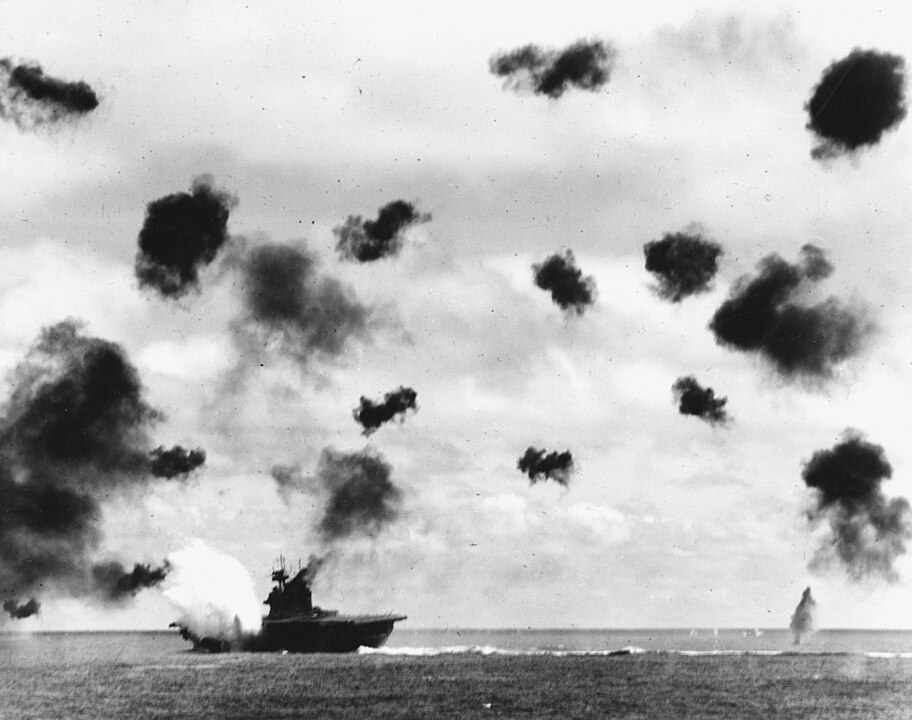
The Battle of Midway in June 1942 was a turning point in World War II, demonstrating the decisive role of naval aviation. U.S. Navy carrier-based aircraft launched from the USS Enterprise, USS Hornet, and USS Yorktown successfully ambushed and sank four Japanese aircraft carriers. This victory showcased the strategic importance of aircraft carriers and their ability to influence the outcome of major naval battles.
Development of the Jet-Powered Naval Aircraft (1940s-1950s)
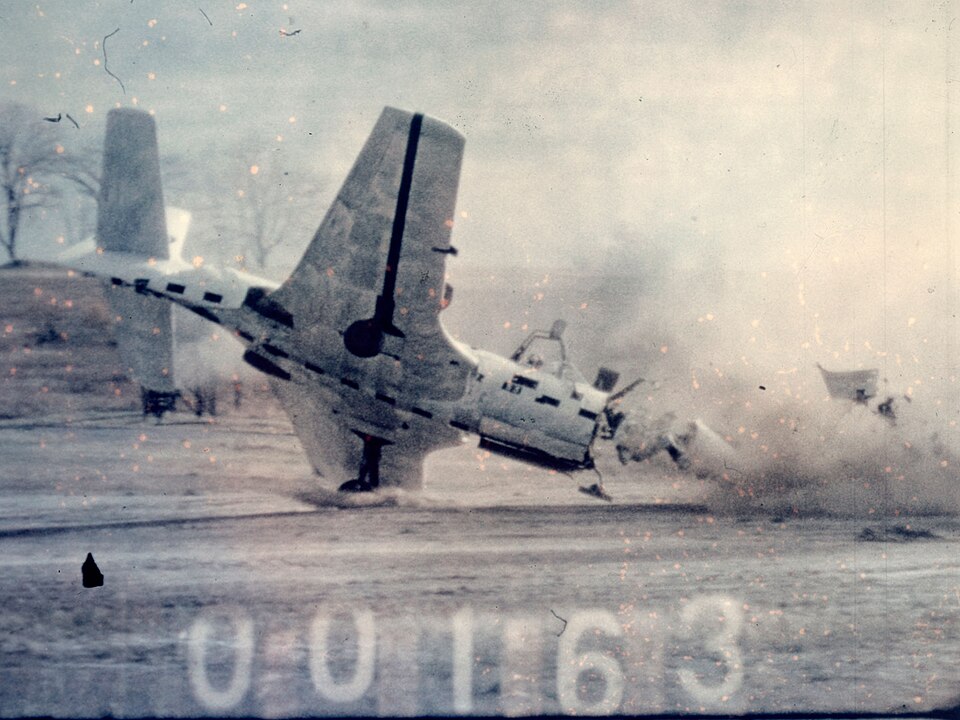
The development of jet-powered naval aircraft in the late 1940s and early 1950s introduced higher speeds and better performance to naval aviation. Aircraft like the McDonnell FH Phantom and the Grumman F9F Panther provided the Navy with faster, more agile fighters and bombers. These jets significantly enhanced the combat capabilities of carrier-based aircraft, allowing them to compete with land-based jets.
Introduction of Airborne Early Warning (AEW) Aircraft (1950s)
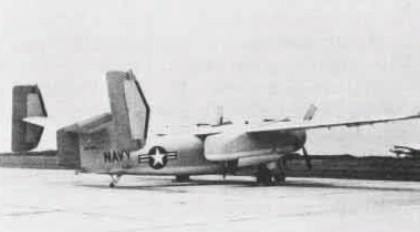
The introduction of Airborne Early Warning (AEW) aircraft in the 1950s enhanced fleet defense and situational awareness. Aircraft like the Grumman E-1 Tracer and later the E-2 Hawkeye were equipped with advanced radar systems to detect incoming threats at long ranges. These aircraft provided critical early warning and coordination capabilities, significantly improving the Navy’s ability to defend against air and missile attacks.
Invention of the Steam Catapult (1950s)
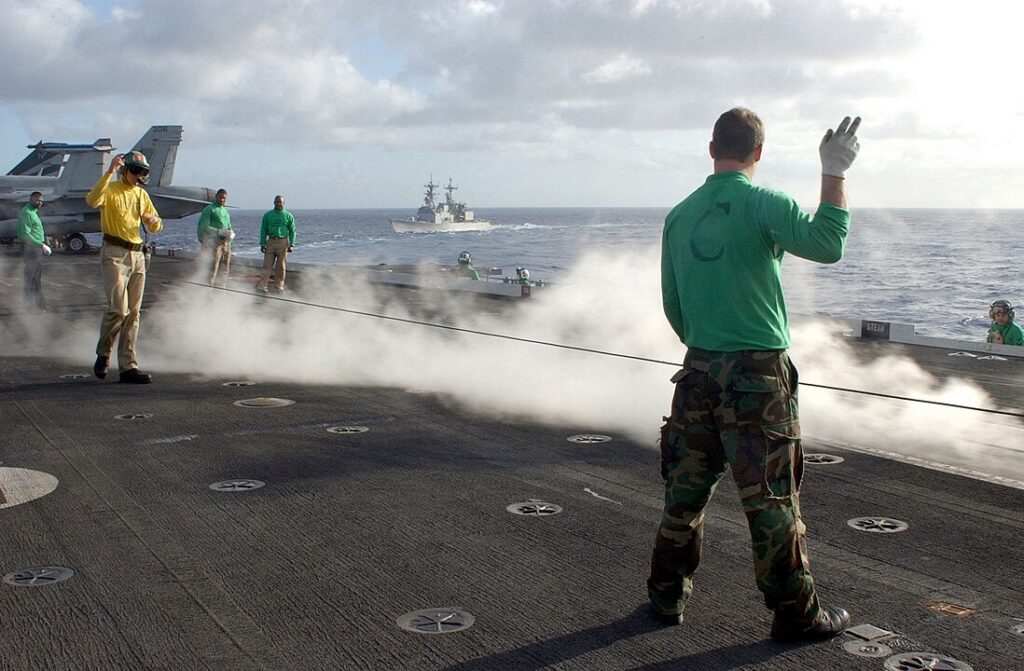
The invention of the steam catapult in the 1950s improved aircraft launch capabilities, allowing heavier planes to take off from carriers. The steam catapult used high-pressure steam to rapidly accelerate aircraft to takeoff speed, enabling the launch of larger and more heavily armed aircraft. This technology was essential for the operation of jet aircraft and played a crucial role in modernizing carrier aviation.
First Operational Use of Carrier-Based Nuclear Strike Aircraft (1960s)
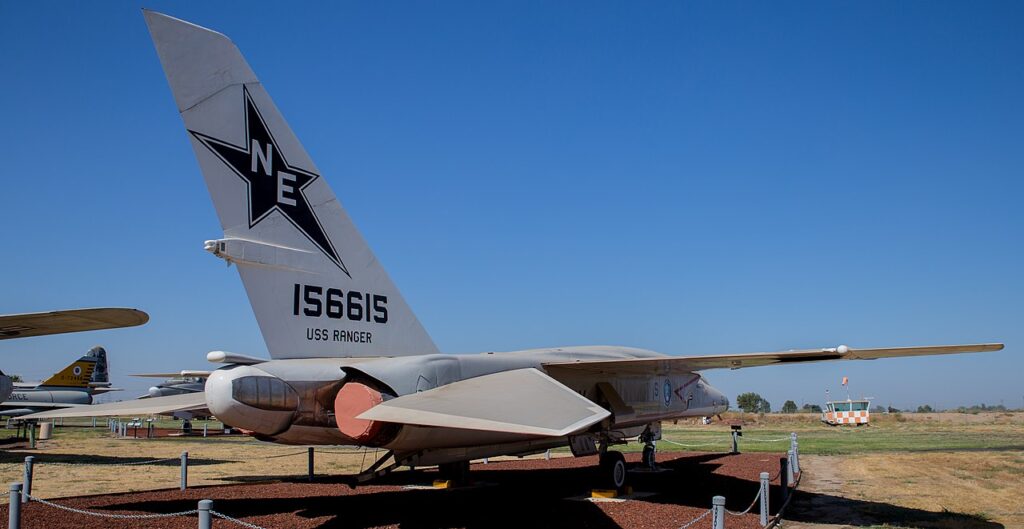
The first operational use of carrier-based nuclear strike aircraft in the 1960s expanded the strategic reach and deterrence capabilities of the Navy. Aircraft like the A-5 Vigilante were designed to deliver nuclear weapons, providing the Navy with a potent strategic strike option. This development underscored the increasing importance of aircraft carriers in the nuclear era.
Introduction of Carrier-Based Electronic Warfare Aircraft (1960s)
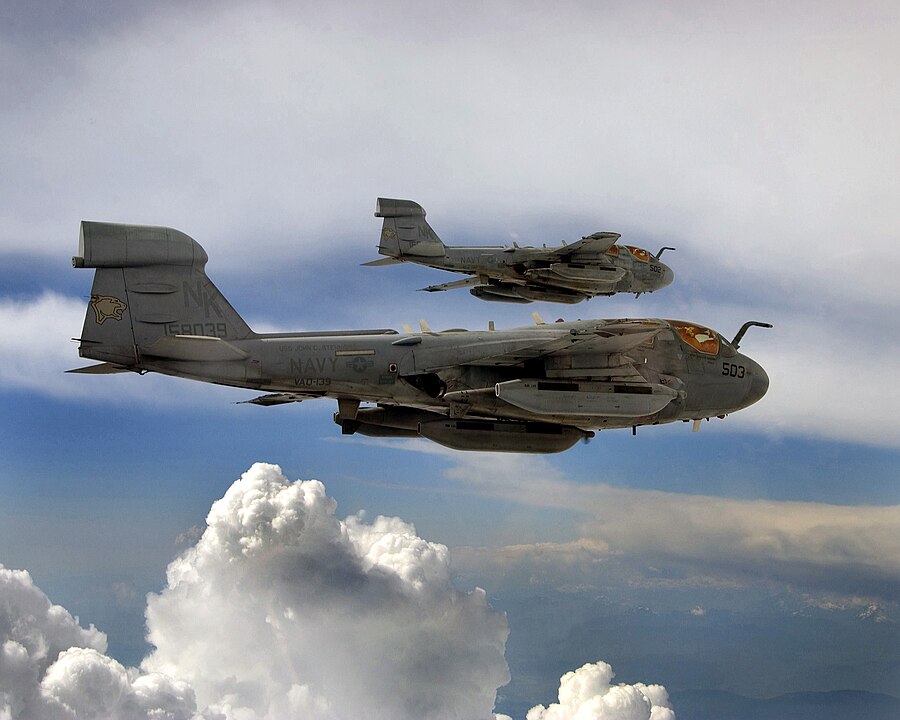
The introduction of carrier-based electronic warfare aircraft in the 1960s improved electronic attack and defense capabilities. Aircraft such as the EA-6B Prowler were equipped with advanced jamming systems to disrupt enemy radar and communications. These capabilities were crucial for protecting carrier strike groups and enhancing the effectiveness of naval operations in contested environments.
Development of Supersonic Carrier-Based Fighters (1970s)

The development of supersonic carrier-based fighters in the 1970s enhanced air superiority for the Navy. Aircraft like the F-14 Tomcat, with its variable-sweep wings and powerful engines, provided unmatched speed, agility, and firepower. These fighters played a key role in protecting carrier groups and ensuring dominance in aerial combat.
Integration of Advanced Avionics and Weapon Systems (1970s-1980s)
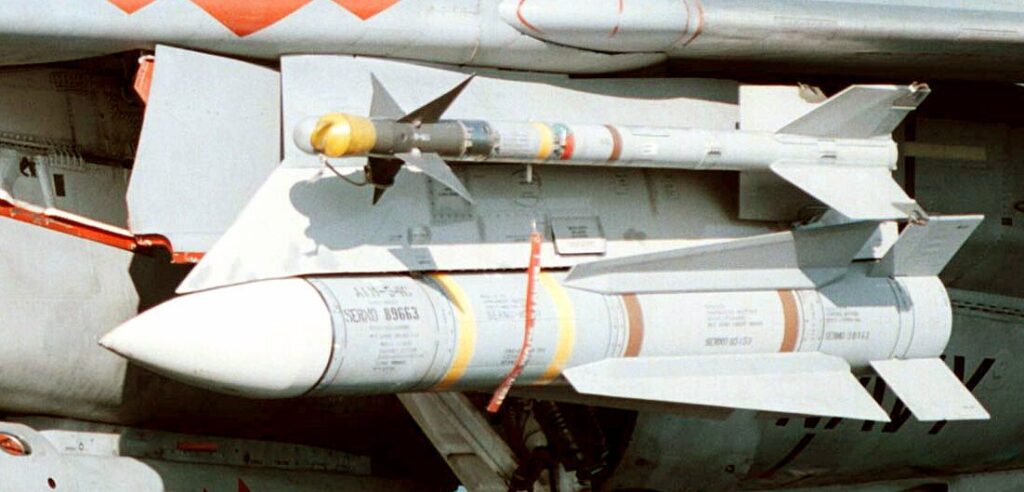
The integration of advanced avionics and weapon systems in the 1970s and 1980s improved targeting, navigation, and combat effectiveness of naval aircraft. Systems like the AN/APG-71 radar and the AIM-54 Phoenix missile on the F-14 Tomcat enhanced the Navy’s ability to detect, track, and engage multiple targets at long ranges. These advancements increased the lethality and survivability of carrier-based aircraft.
Development of Carrier-Based Anti-Submarine Warfare (ASW) Aircraft (1980s)
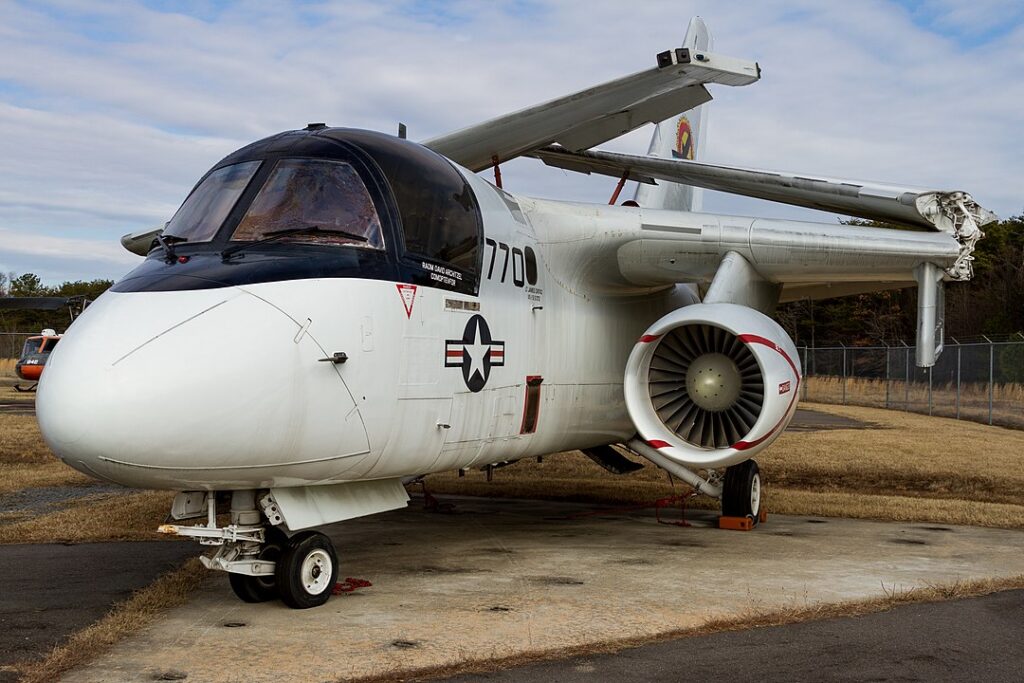
The development of carrier-based Anti-Submarine Warfare (ASW) aircraft in the 1980s strengthened naval defense against submarine threats. Aircraft like the S-3 Viking were equipped with advanced sonar systems, magnetic anomaly detectors, and torpedoes to detect and engage submarines. These capabilities were vital for protecting carrier strike groups from underwater threats.
Stealth Technology in Naval Aircraft (1990s)
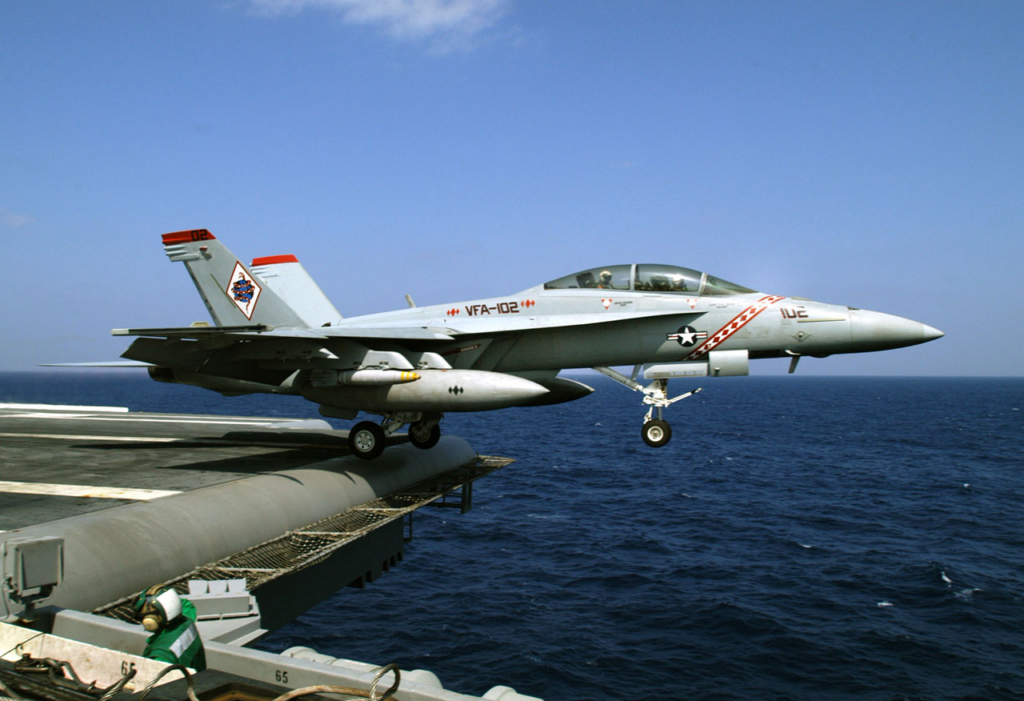
The incorporation of stealth technology in naval aircraft in the 1990s reduced radar signature, enhancing survivability and effectiveness. Aircraft like the F/A-18E/F Super Hornet incorporated radar-absorbing materials and design features to minimize detection by enemy radars. Stealth technology allowed naval aircraft to operate in contested environments with a lower risk of detection and engagement.
Introduction of Unmanned Aerial Vehicles (UAVs) (2000s)
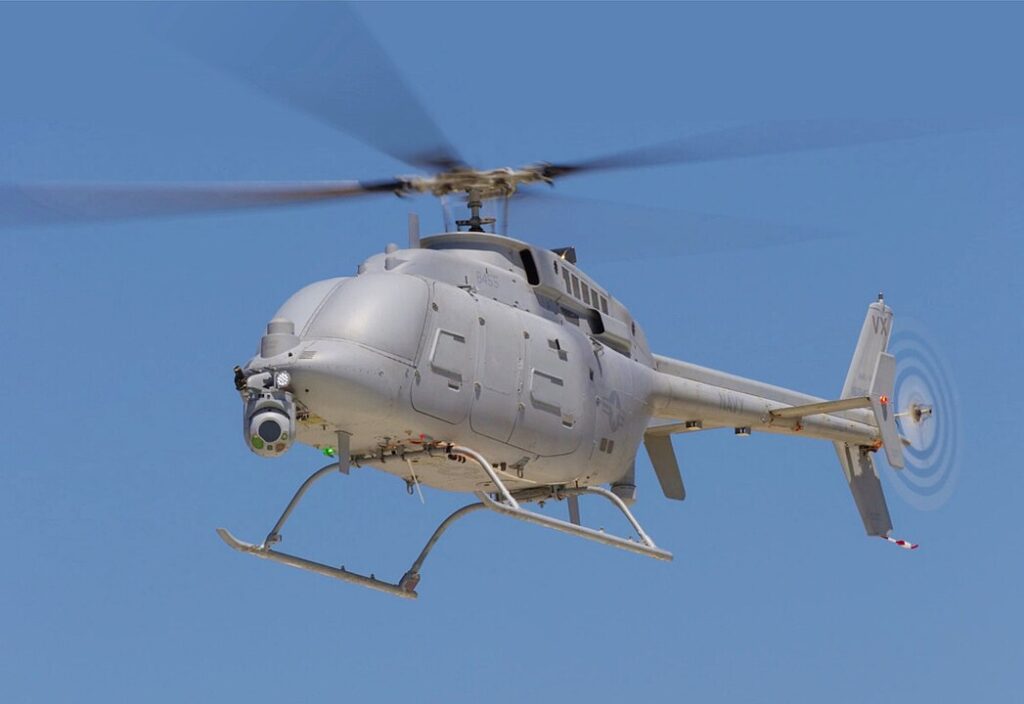
The introduction of Unmanned Aerial Vehicles (UAVs) in the 2000s expanded reconnaissance and strike capabilities without risking pilots. UAVs like the MQ-8 Fire Scout provided real-time intelligence, surveillance, and reconnaissance (ISR) capabilities, as well as precision strike options. These unmanned systems enhanced the Navy’s ability to conduct operations in high-threat environments.
Development of the Electromagnetic Aircraft Launch System (EMALS) (2010s)
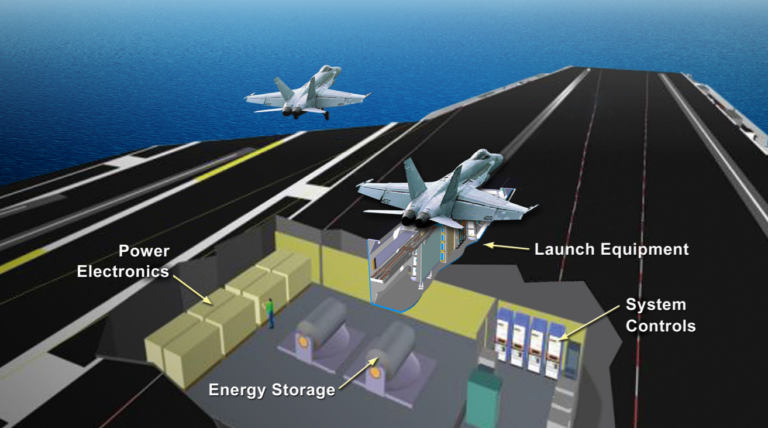
The development of the Electromagnetic Aircraft Launch System (EMALS) in the 2010s improved efficiency and reduced wear on aircraft. EMALS used electromagnetic forces to launch aircraft, providing smoother and more controlled acceleration compared to steam catapults. This technology allowed for the launch of a wider range of aircraft, including lighter and heavier types, enhancing carrier versatility.
This article originally appeared in MyCarMakesNoise.
More from MyCarMakesNoise
20 Utility Vehicles That Sacrificed Style for Functionality

Utility vehicles are designed for practicality and performance, but not all hit the mark when it comes to style. Some models, despite their functionality, have failed to impress with their design. Read More
20 Car Gadgets That End Up Being More Trouble Than They`re Worth

Car gadgets can promise to enhance your driving experience, but not all of them deliver as expected. Some gadgets can be more trouble than they’re worth, causing frustration and even safety issues. Read More
20 Cars Likely to Be Discontinued in 3 Years

The automotive industry is constantly evolving, with some models being phased out to make way for new innovations. Here are 20 cars that likely won’t exist in three years, due to changing market demands, regulatory pressures, or manufacturer decisions. Read More













